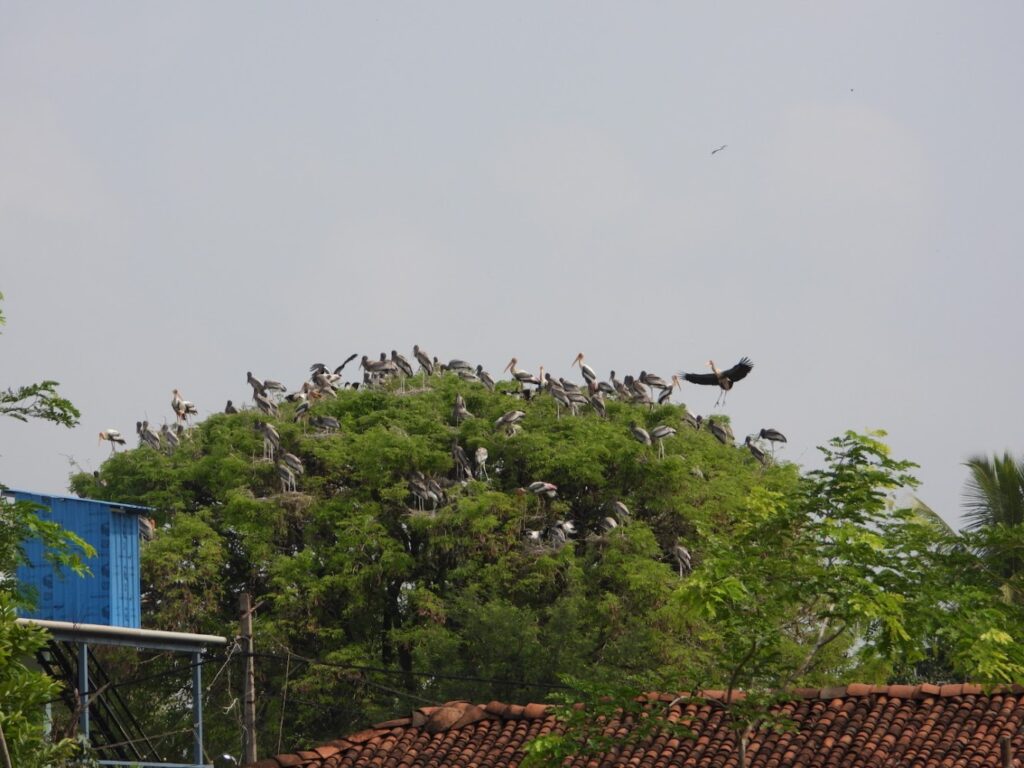Imagine the most extreme situation ever. Extreme heat, extreme pressure, extreme cold and radiation like a volcanic eruption, or a nuclear war. Scary, right? Not very welcoming to human bodies, which are just so sensitive! The conditions for unaided human survival are quite limited, if you think about it. It doesn’t help that conditions on Earth are becoming harsher by the year, owing to phenomena such as climate change. Yet, we’re humans; we want to explore not just every corner of this world, but the universe, too! Could there be anything we could do to survive under extreme conditions?
Let’s start by trying to imagine an indestructible animal—one so resilient that it could survive any of the extreme situations above, and more. Such an animal might be able to survive if you crushed it, cooked it, or even sent it to outer space. How cool would that be?! Learning about an animal like this could help us learn how to tolerate extreme conditions ourselves.
What if I told you that such an animal actually exists? Let me introduce you to the humble, but amazing, tardigrade.
They’re tiny, only visible under a powerful microscope. They’re also cute, resembling tiny little bears, with eight stumpy legs and round bodies. They’re practically everywhere—found on every single continent. Oh, and they’re practically invincible. Researchers have thrown them into the harshest conditions and, remarkably, tardigrades have managed to survive. They’ve been frozen to less than -200°C, a temperature quite close to absolute zero (a temperature so cold that even the laws of physics limit us from reaching it). They’ve been heated to 148°C, well beyond the boiling point of water. They’ve been shot at by bullets going a whopping 3,240 kilometres per hour. They’ve even been sent into outer space, bombarded with solar radiation, and brought back to Earth.
They have managed to survive all of these situations. How, you may ask? The answer is quite simple:
They shut down.
Right now, as you read this, your body is carrying out many, many tasks to sustain you. In your cells, various chemical reactions are occurring to provide energy for nearly everything that your body does, from digestion to respiration. These are known as metabolic processes, and they are absolutely vital for life in all living things.
When most living beings are subjected to extreme conditions, they cannot survive because their metabolic processes can no longer continue. Tardigrades are a special bunch, though. When they are subject to extreme environments, they go into a stage called tun.
During this stage, they dry out their bodies and curl up into a little hard shell known as an exoskeleton. They manage to slow down their metabolic processes to just 0.01 percent of normal levels. In a sense, they reduce themselves to almost-dead, rolled up versions of what they used to be. It is in this stage that they manage to survive the most extreme conditions.

At this point, you probably have one question on your mind:
How do they pull this off?
When tardigrade cells dry up, they are covered by a special gel-like protein that prevents the cells from losing their structure
When tardigrades are exposed to enough water, the gel-like substance slowly recedes, allowing the animals to rehydrate. Once that happens, tardigrades simply carry on with their lives, almost as if they
had never been subjected to these extreme conditions at all. It is this protein that allows them to return to normalcy, and it is found only in tardigrades.
But why does this matter to us?
Right now, the world is going through extremes: extreme temperatures, extreme environments, and extreme health crises. This causes problems like damaging crops that do not receive enough water during heatwaves, which means that we humans do not have enough food.
Imagine if we could make use of the incredible survival mechanisms that tardigrades have! We could use the same protein that tardigrades cover their cells with to protect crops, for example. How about using tardigrade survival mechanisms to protect organs before they get transplanted? Maybe we could develop ways to make vaccines last longer in unfavourable conditions, which might make them more effective, for longer? All of this (and more) is currently being explored by researching the survival mechanisms of tardigrades.

This just goes to show that we do not have to use costly technology, artificial intelligence, or deep-space probes to figure out how to prolong human survival. We can learn an incredible amount simply by looking at tiny tardigrades hiding in moss right in our own backyards. Who knows what we might find if we pay more attention to these (and other) fantastic little critters.






